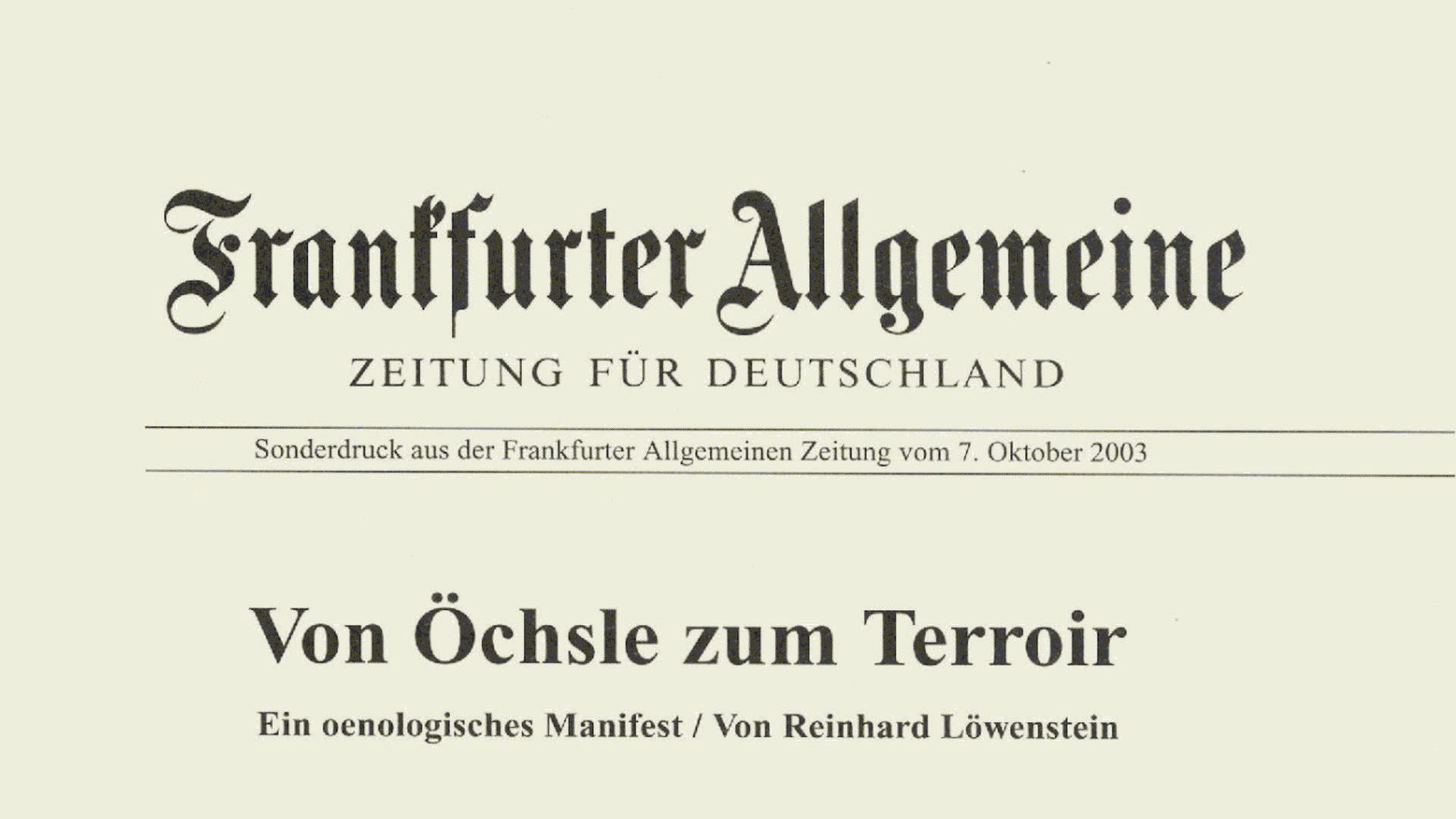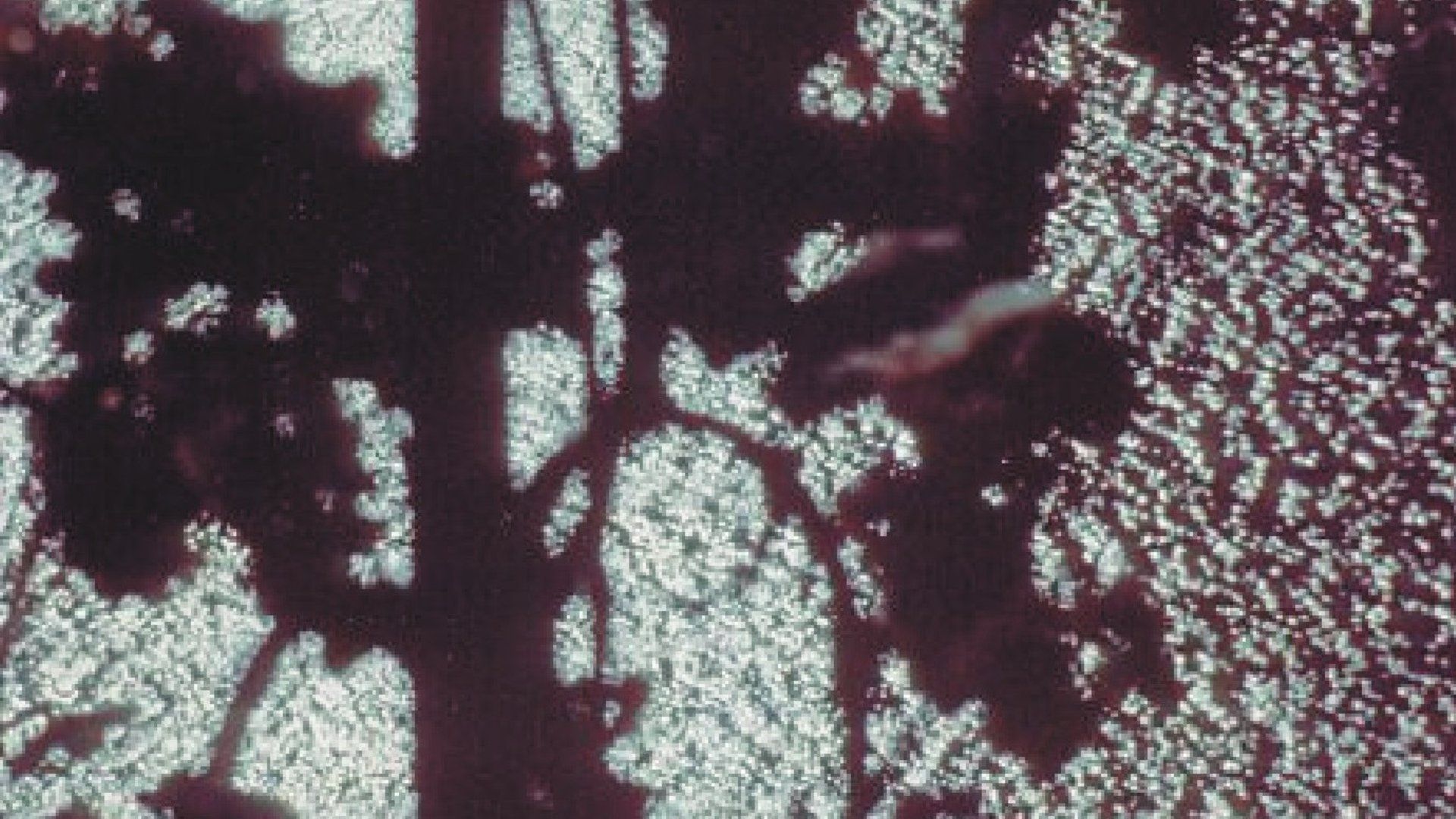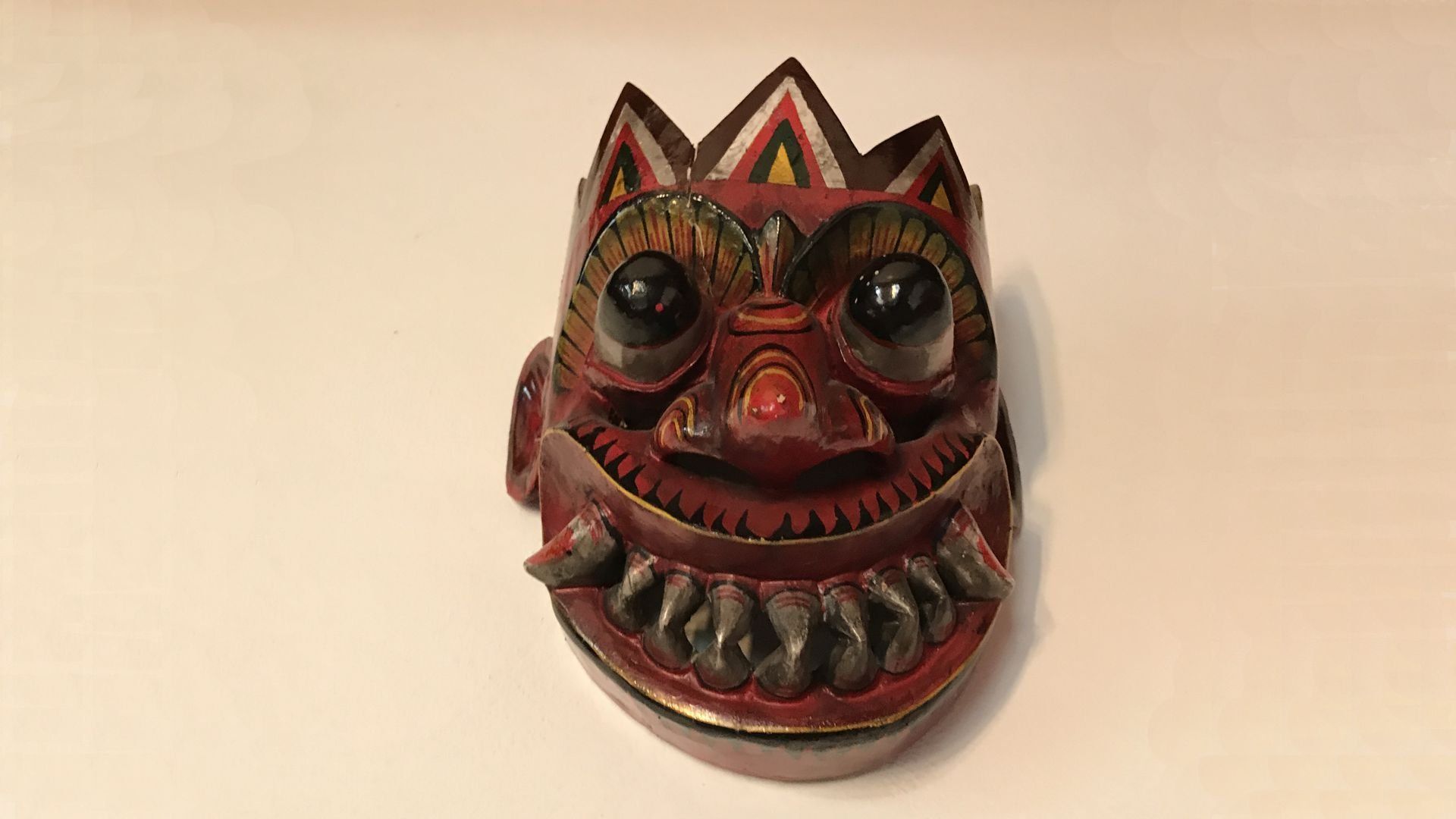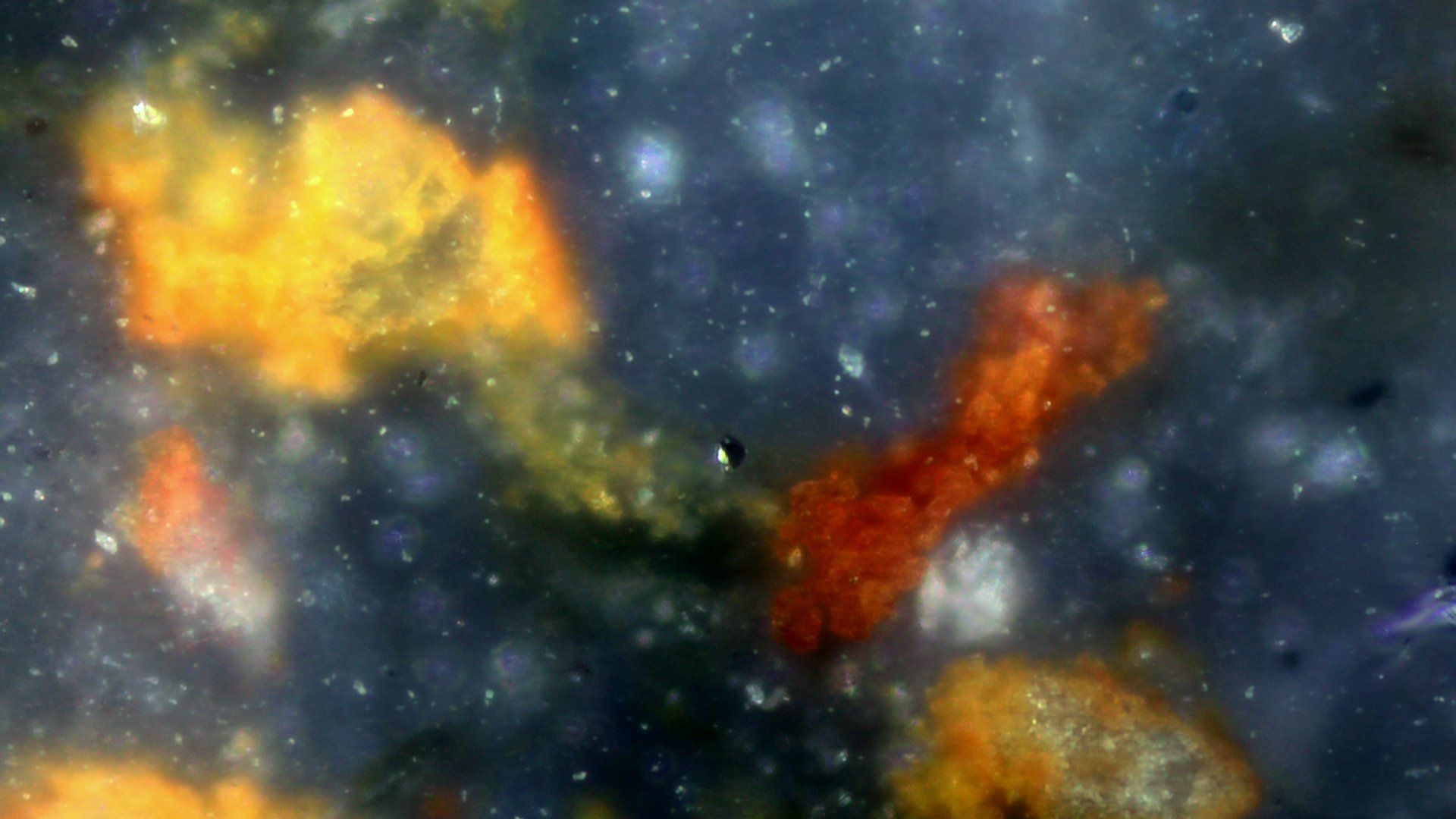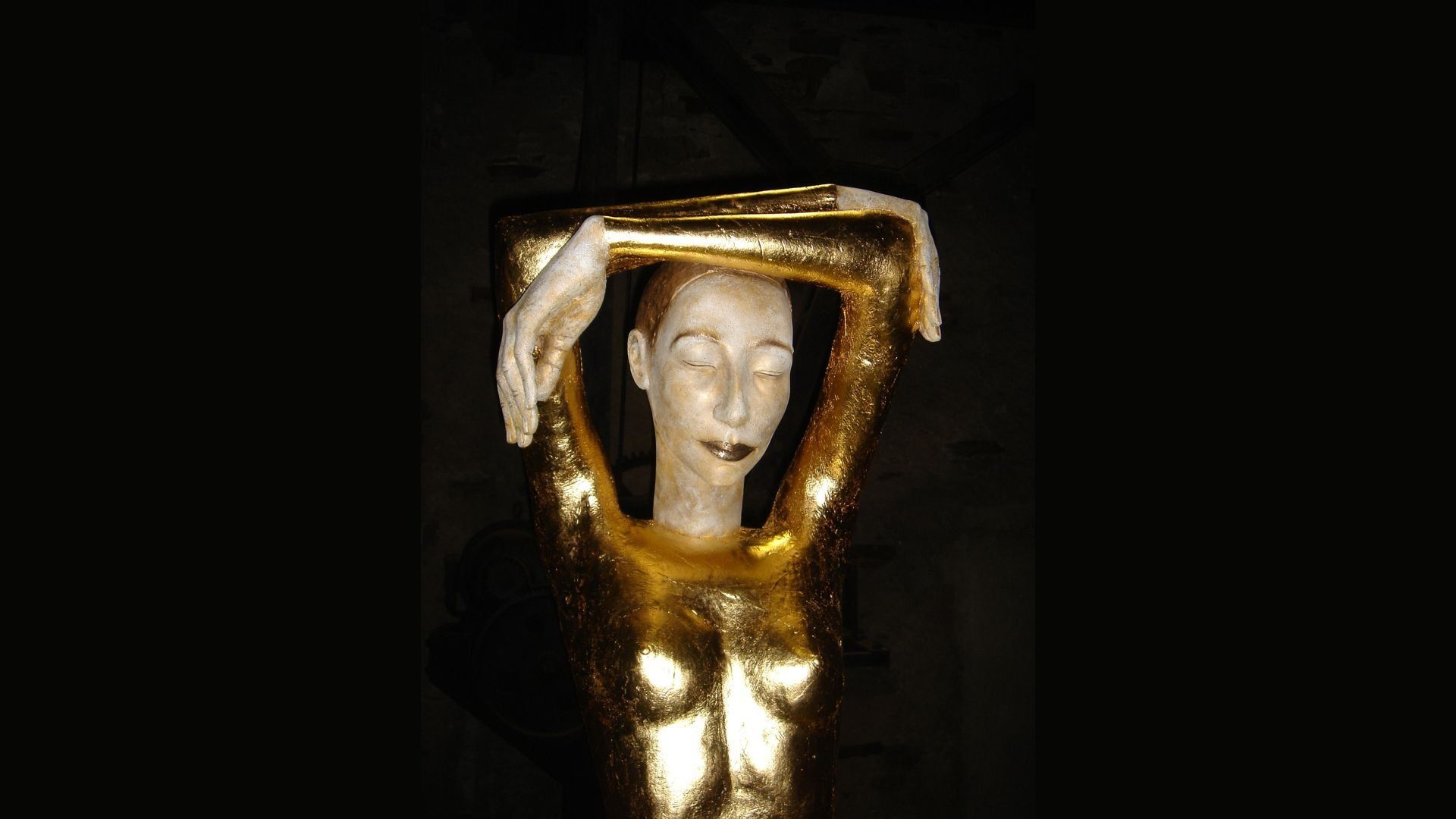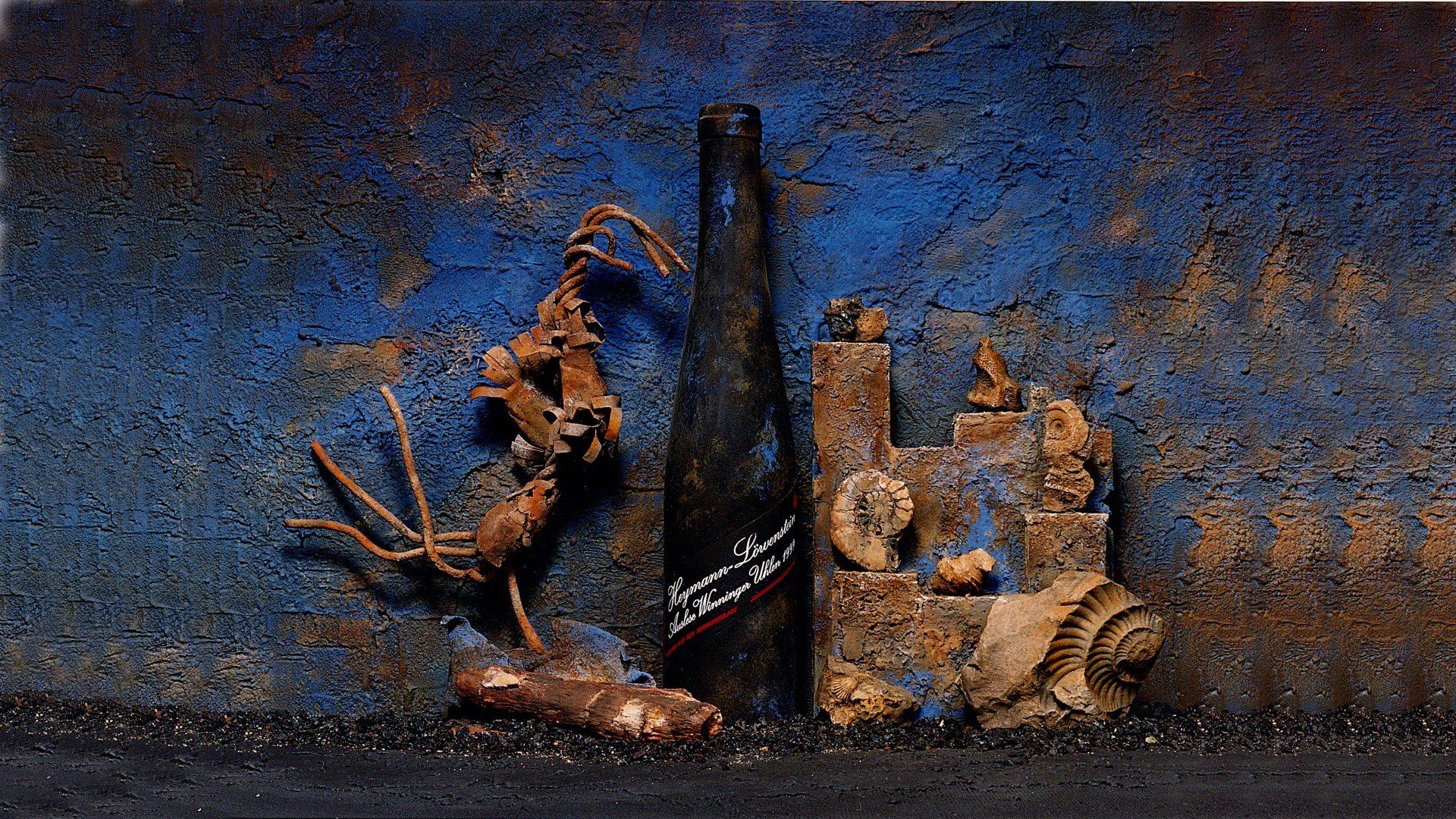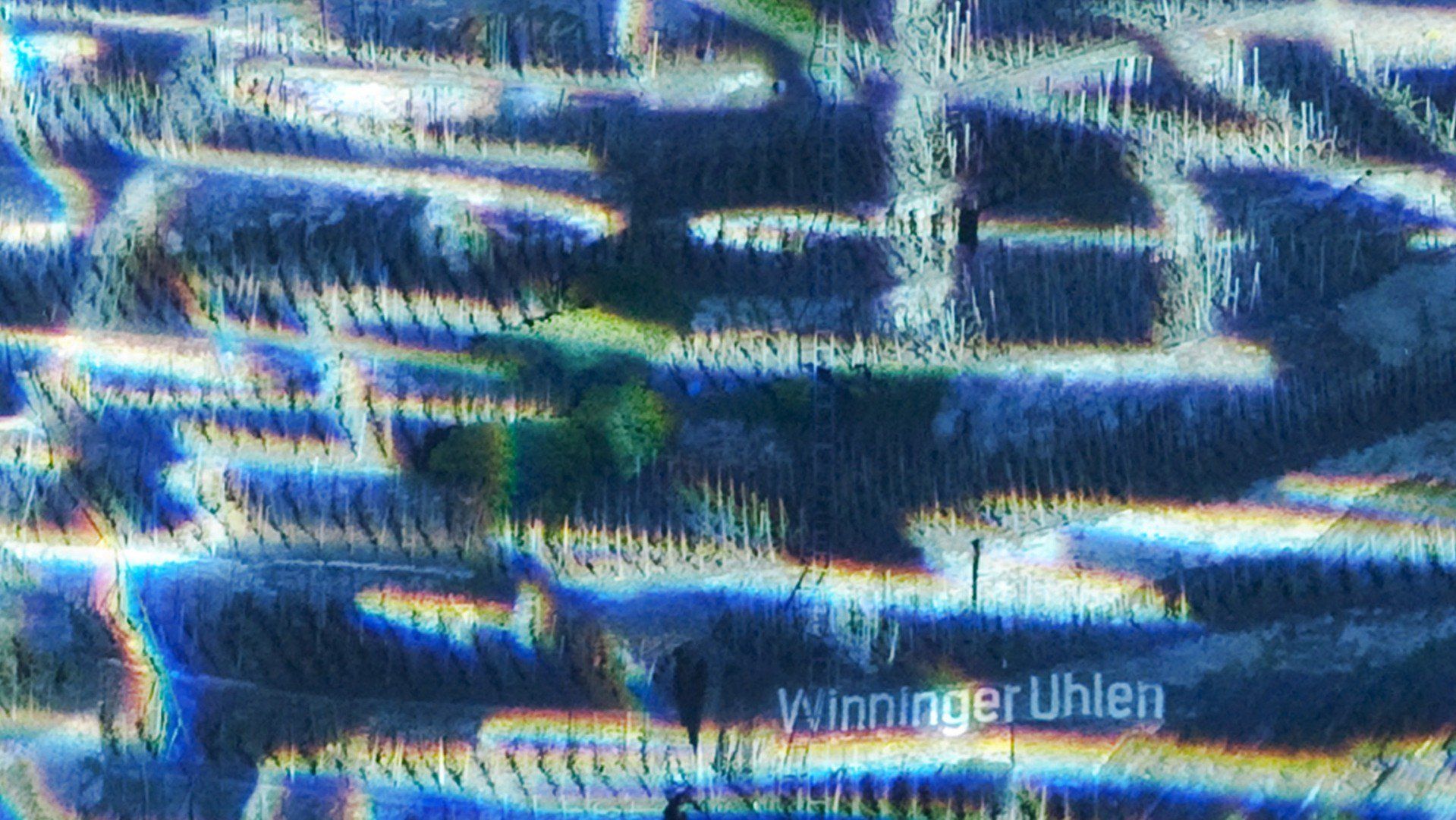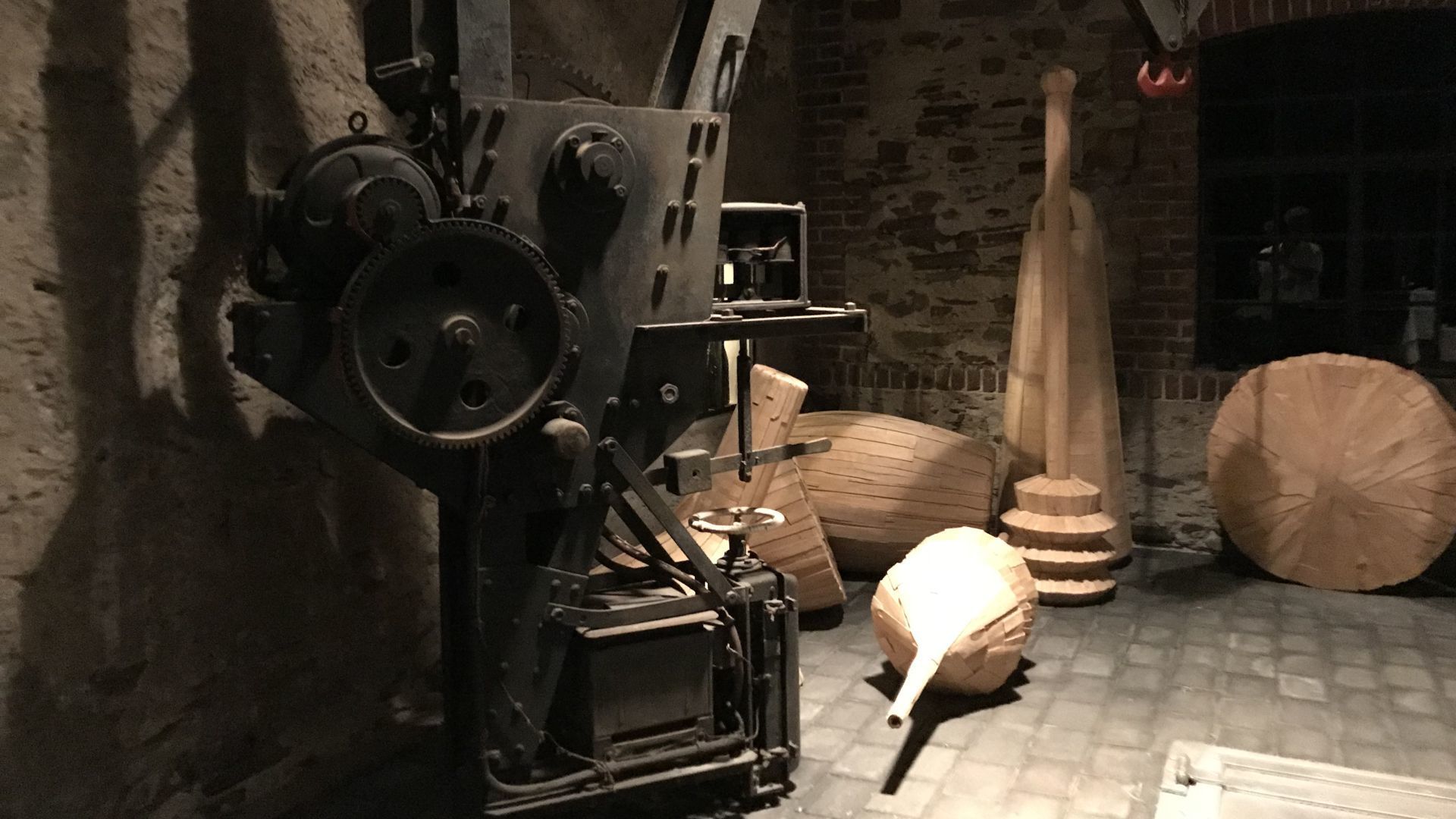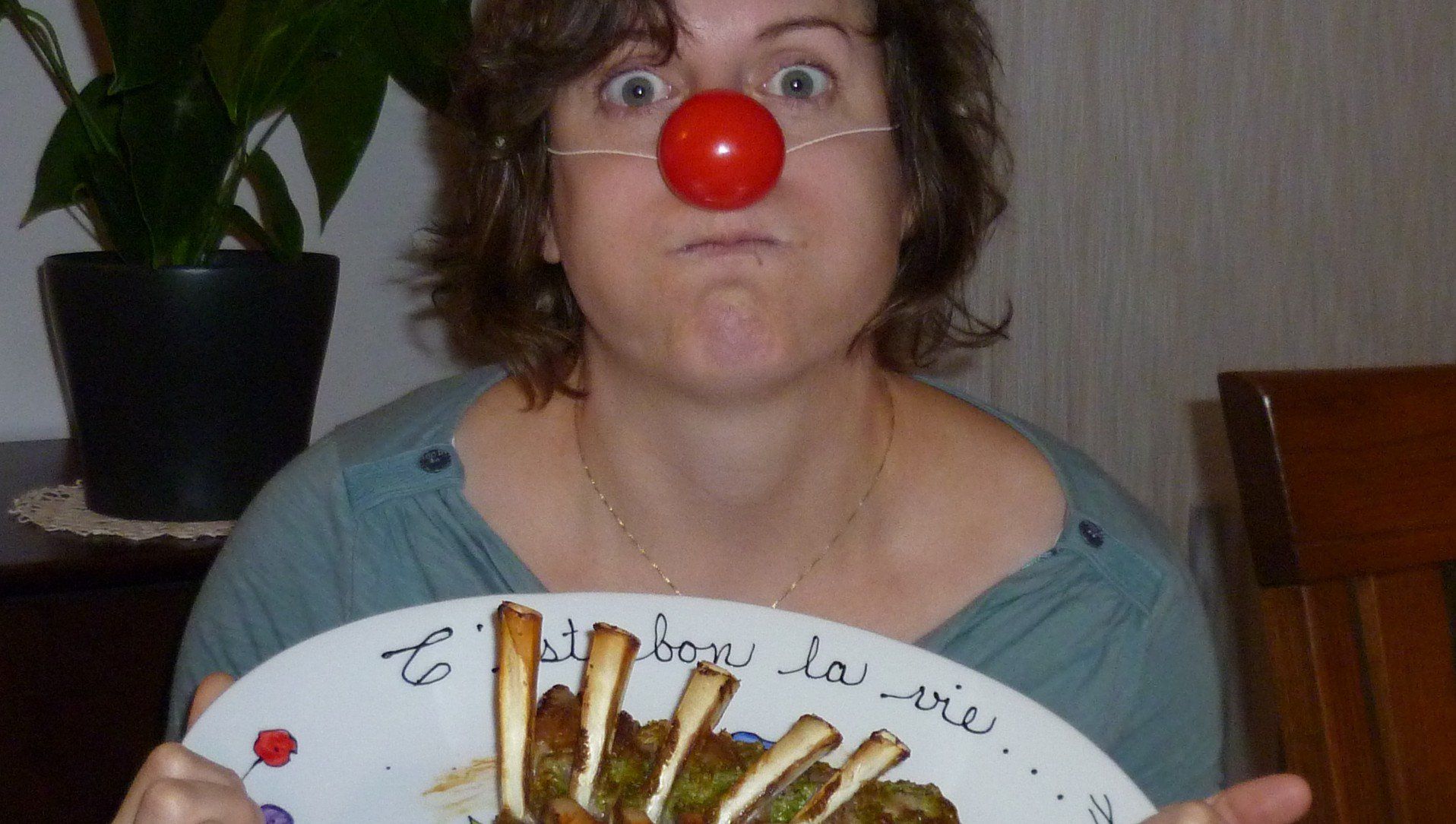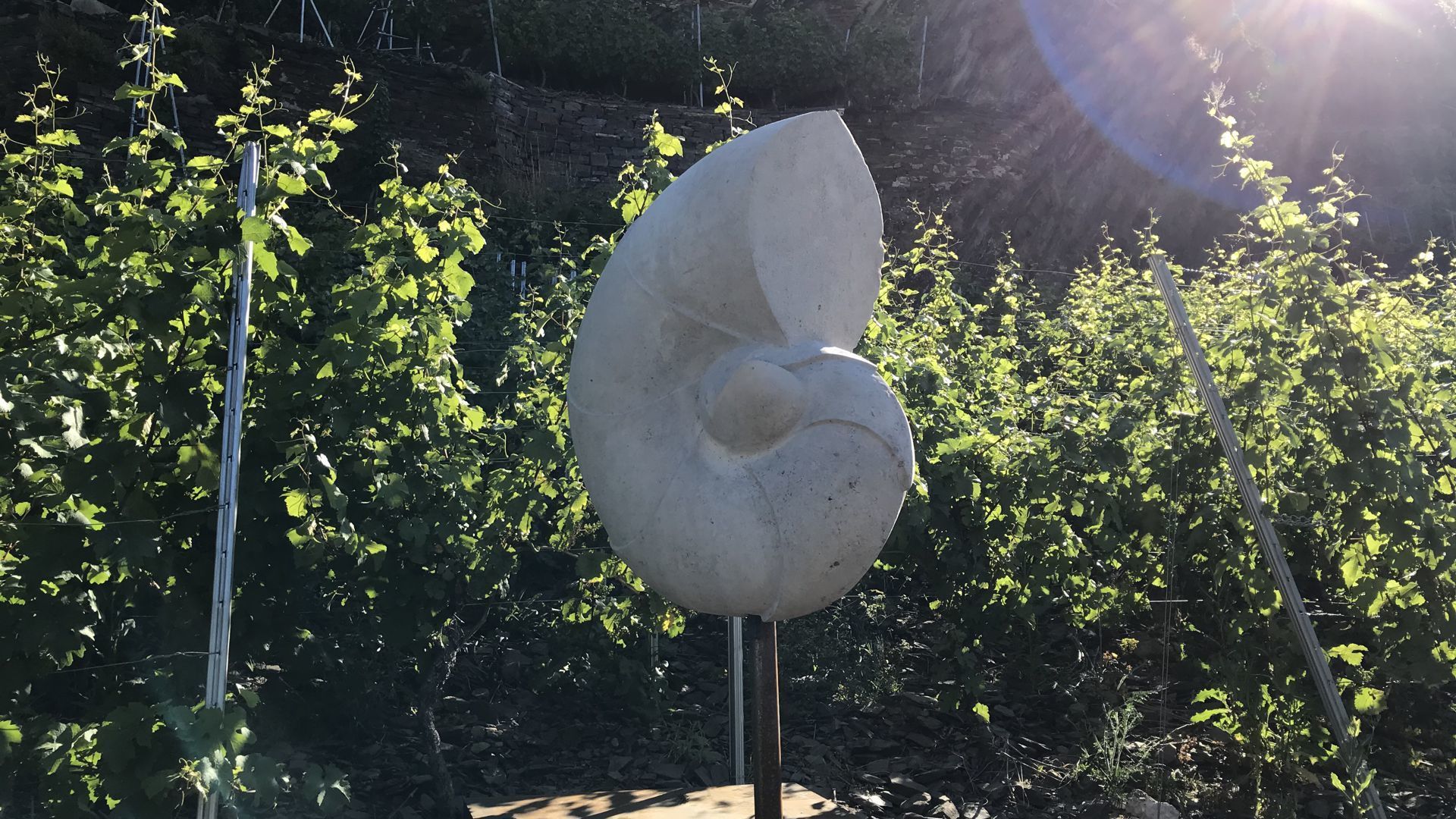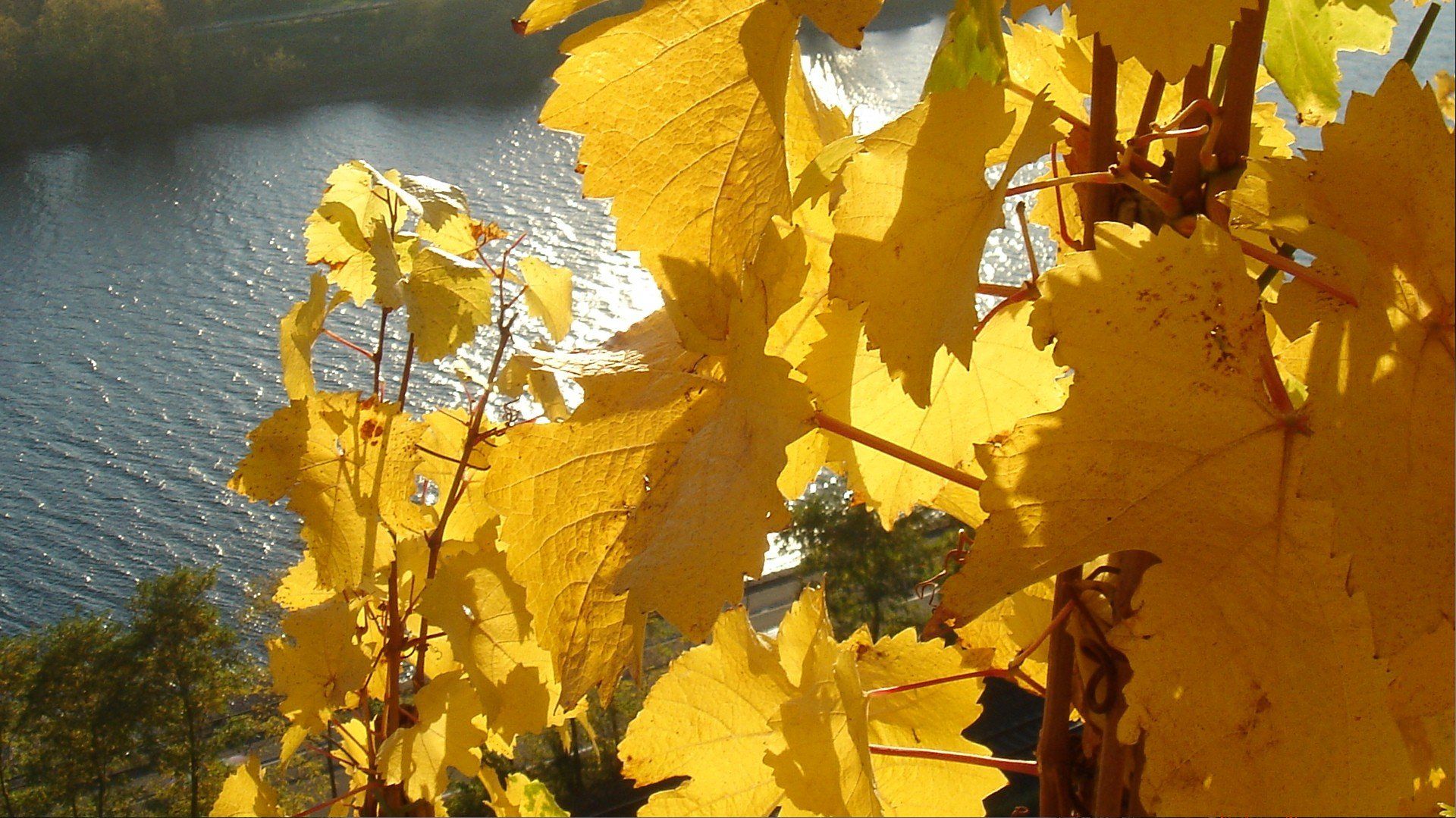
Image title
Untertitel hier einfügenButton
Image title
Untertitel hier einfügenButton
Image title
Untertitel hier einfügenButton
Image title
Untertitel hier einfügenButton
Image title
Untertitel hier einfügenButton
Image title
Untertitel hier einfügenButton
Image title
Untertitel hier einfügenButton
Image title
Untertitel hier einfügenButton
Image title
Untertitel hier einfügenButton
Image title
Untertitel hier einfügenButton
Regression - emancipation - participation
Article Journal Culinaire, 2014
"There is an inherited and a learned taste," explains the Californian cult winemaker Randall Graham. "The global success of wines from the New World is due to a vinification that is aimed entirely at the inherited taste."
Sure - even as hunters and gatherers we knew the difference between ripe and unripe fruit. The sweet fruit is instinctively and nutritionally correctly associated with being ripe and good. Who likes sour or bitter? Children don't. And adults? By leaving the infantile world of sweet milk, porridges and fruits, we learn to deal with differentiated aromas and develop "taste". It is not even necessary to dip the baby's pacifier in wine from time to time, as is common in winemaking families. Hunger, curiosity and the desire to discover new foods tempt you to look for new foods and learn to appreciate diversity. This process takes place in all cultures and, with different climates and resources, not only results in an unbelievable global culinary diversity but also in a cultural setting: eating and drinking habits are identity-forming for many. With wine, it also has a very special dimension. No other drink is anthropogenetically linked to the development of consciousness. Everywhere we find correspondences between the names for spirits and the human spirit, for spirits and spirits. Even in Chinese and Japanese, the first pictogram of the symbol for "spiritual beverages" describes alcoholic fermentation and a second the human spirit, respectively. Soul. All over the world, wine is a symbol of typical "human" characteristics. For civilization, communication, art and the desire to discover. While milk, water and bread represent archetypes of closeness to nature, wine is spirit, emancipation. And yet the spiritual soaring fueled with wine can end very earthly and profane. With "too much of the good" wine shows its dark side - with all transitional forms up to a complete loss of ego. How good that he opens this door for us too. All the misery everywhere, the individual problems ... Who can endure the »world« permanently with full awareness? Extreme polarity in one product. No wonder that wine has played an essential role from the very beginning when it comes to mythological dying and rebirth. What is staged quite distantly in the Christian Lord's Supper was lived out with archaic consternation in Dionysia. The struggle between day and night, between awareness and regression. Unlike in ancient cultures, however, the question of "who wins" is no longer so much in focus. In our general self-perception we consider ourselves to be quite rational and self-determined beings. Even though …
Little is left of the historical optimism of the economic boom in Central Europe. After a series of crises, the bankruptcy of socialism symbolizes the transition into a time of general uncertainty and a depressive mood characterized by social conflicts and eco-catastrophes. »The use of fruity notes has grown rapidly in recent years. In the 1990s, as a result of political and economic changes, the social mood deteriorated. People experience a permanent and peculiar tension between wanting to perform and rolling up their sleeves on the one hand and the search for security and the familiar on the other. This psychologically changeable mood does not need fragrances that describe tension. The consumer is looking for fragrances that pimp, relax or revitalize. Fruit notes meet these needs. They are uncomplicated, are reminiscent of summer, sun, vacation and are like children's fragrances: clean, pure and unadulterated. As a mood maker, fruity notes fit very well into our difficult times. «A significant statement from the world's largest supplier of flavorings. No wonder that the wine world is picking up on this zeitgeist and using preparations from the bag of tricks of the booming biotechnology to design a taste profile for wine in line with the market. So away from the emancipation drug - towards sedating breast milk, towards an infantilizing consumer society, towards global regression? Yes, a very clear trend. Not only on the palate, but also in the ideological superstructure: the growing worldwide influence of fundamentalist ideologies finds its counterpart in the world of wine with the increasing popularity of anthroposophy.
See regression? Who forces us to put our brains on the butt when searching for the spiritual? Who forces us to give up only the negative aspects of the wardrobe and poke fun at obscure gurus? Let's look at the positives. Let us get involved in the tension between light and dark, in understanding and feeling. The game between control and surrender. Contemporary Dionysia?
Slowly, drifting north from Antarctica, the continent of Laurussia had reached the tropics a good four hundred million years ago. The climate here was similar to today, with high temperatures and enormous rainfall, so that the soil took on a reddish color due to the oxidation of the iron. This is why geologists like to call Laurussia "Old Red". Off its southern coast - roughly where the cities of Aachen and Cologne are today - was a sea about sixteen kilometers deep, which, accompanied by tectonic uplifts and subsidence, slowly filled up with a wide variety of sediments. What defines the Terrassenmosel today, sedimented 407.6 and 393.3 million years ago and describes the enormous diversity of the seabeds of that time. Reddish, ocher and gray colored silts and sands from the "Old Red" alternate with alluvial deposits from the sea, which today are mostly in the form of clay particles. The "admixtures" of organic life in the last sediment are particularly diverse. With a sea depth of only ten to twenty meters, the high oxygen content in seawater enabled many corals, mussels, algae and a large number of fish and reptiles to grow optimally. With high waves and storms, however, the tropical flora and fauna were repeatedly mixed with the bank silt and created a very "organic" sediment. The time had come about 325 million years ago. The continent »Gondwana«, drifting at higher speeds from the south, collided with the »Old Red« and pressed the sea sediments with unbelievable pressure to form a solid shale rock. This not only created a new continent called Pangäa, but also the basis of viticulture on the Moselle. After the river had dug its way through the slate and formed its valley, the resulting steep slopes provided a fertile basis for viticulture. Before the first vines were planted, stones often had to be broken and terraces laid out on the extreme slope. This created a unique terrace landscape, which nowadays seems almost anachronistic, as neither tractor nor harvester can be used here. Except for the small piece of humus-forming forest meadow as potting soil and the sporadic fertilization with cow dung, there was no manipulation of the fertile soil over the millennia, which was slowly formed by the mineralization of the rock.
Slowly, drifting north from Antarctica, the continent of Laurussia had reached the tropics a good four hundred million years ago. The climate here was similar to today, with high temperatures and enormous rainfall, so that the soil took on a reddish color due to the oxidation of the iron. This is why geologists like to call Laurussia "Old Red". Off its southern coast - roughly where the cities of Aachen and Cologne are today - was a sea about sixteen kilometers deep, which, accompanied by tectonic uplifts and subsidence, slowly filled up with a wide variety of sediments. What defines the Terrassenmosel today, sedimented 407.6 and 393.3 million years ago and describes the enormous diversity of the seabeds of that time. Reddish, ocher and gray colored silts and sands from the "Old Red" alternate with alluvial deposits from the sea, which today are mostly in the form of clay particles. The "admixtures" of organic life in the last sediment are particularly diverse. With a sea depth of only ten to twenty meters, the high oxygen content in seawater enabled many corals, mussels, algae and a large number of fish and reptiles to grow optimally. With high waves and storms, however, the tropical flora and fauna were repeatedly mixed with the bank silt and created a very "organic" sediment. The time had come about 325 million years ago. The continent »Gondwana«, drifting at higher speeds from the south, collided with the »Old Red« and pressed the sea sediments with unbelievable pressure to form a solid shale rock. This not only created a new continent called Pangäa, but also the basis of viticulture on the Moselle. After the river had dug its way through the slate and formed its valley, the resulting steep slopes provided a fertile basis for viticulture. Before the first vines were planted, stones often had to be broken and terraces laid out on the extreme slope. This created a unique terrace landscape, which nowadays seems almost anachronistic, as neither tractor nor harvester can be used here. Except for the small piece of humus-forming forest meadow as potting soil and the sporadic fertilization with cow dung, there was no manipulation of the fertile soil over the millennia, which was slowly formed by the mineralization of the rock.
The secret of the Riesling grape variety cultivated here lies in its neutral taste, while at the same time like no other grape it is able to sublimate the taste of the stone into the grapes and thus into the wine. If artificial fertilizers and other dubious blessings of modernity are dispensed with, the unbelievable arises: the differences between the individual rocks come to the fore in terms of taste. Almost 400 million year old petrified seabeds are brought back into the cycle of organic life by the vine and tell us very individual stories from the tropical primeval sea. They tell? Or do they show us? Or do they let us taste? Whatever we see, hear, and feel when we enjoy wine - it is very difficult to depict with modern language.
When the sea creatures set out in prehistoric times to explore the land and their oxygen intake was shifted from gills to slowly developing lungs, the olfactory system also changed. Nerve cells that were able to filter odor molecules from the water had to learn to identify odorous substances from the air. The genes, which are basically built on the same principle, doubled again and again with small adjustments to the variety of odor sources. In today's humans, three percent of the entire genome, ie over a thousand genes, specialize in recognizing smells. Of these, however, around three hundred are deformed by mutations and no longer have any function. Which is not so bad, since we mainly orientate ourselves visually. There are still seven hundred different genes that allow us to differentiate up to ten thousand fragrances. And that with incredible precision. With some substances, good noses are able to recognize concentrations that correspond to finding a grain of sand on a 1,000-meter-long stretch of beach. The olfactory genes of the first lung fish and reptiles have only been partially researched. But we know that they and their descendants create sensory cells that populate our nasal mucosa today. Since this was a four hundred million year development process, explains why our sense of smell is directly linked to the old areas of our brain and not to the modern forebrain, which only emerges with the development of language and conscious vision in parallel with our departure from the Developed in an animal kingdom. Smell and taste are pre-linguistic. But now we want to talk about wine and have worked out a variety of "substitute languages" for this. One example is the "flavor wheel" developed at the University of Davis, California in the 1980s. Here the taste is deductively sent through a predetermined and ramified grid: »Does the wine have earthy aromas? Does it have fruit flavors? If earth, is it damp, mushroom or musty, if fruit, it is autumn or summer, and on the next level then peach or raspberry or pineapple ... ”And if the sensory impressions are then scaled in terms of their intensity, it works Communication about wine tastes is quite good, at least with insiders. But somehow a gout remains. It is as if a painting by Baselitz was described by asking whether it had more elements of Delacroix, Caspar David Friedrich or Picasso in terms of image structure and color values. The more "objective" we deal with wine, the less our perception lies on the emotional level, on the unconscious body reactions that are triggered in our limbic system. And this is precisely where the exciting lies: If we allow it, the smell and taste of wine can create images in our mind's eye and give our inner ear a mysterious sound. We travel to fantastic worlds, to the past, to the last vacation in the mountains, to the breakfast table with the grandparents, to the toys of childhood. And we experience a trip into the archaic realms of our subconscious. Not only do we taste the primal oceans in its various forms, we taste it with almost the same sense organs as we did then, 400 million years ago. If we ask our eyes to switch from "sharp perception" to a trance-like look, we ask our ears to open inward and our palate to surrender, to relax and become completely passive. Then we feel it: the fish in us allows us to partake of the taste fascination of sunken tropical seabeds, the fish in us remembers Atlantis.
"The most beautiful experience is the encounter with the mysterious," said Albert Einstein once.
Literatur
Erich Neumann, History of the Origin of Consciousness, Kindler, 1949
Neill Shubin, The Fish Within, Fischer 2009
Reinhard Heymann-Löwenstein, Terroir, Kosmos 2009
From a different perspective:
Fits to:
Small micro, big growth
Video with Sarah
From Öchsle to terroir
Der breite und der schmale Weg
a provocative poster, 2017

Image title
Untertitel hier einfügenButton
Image title
Untertitel hier einfügenButton
Image title
Untertitel hier einfügenButton
Image title
Untertitel hier einfügenButton
Image title
Untertitel hier einfügenButton
Image title
Untertitel hier einfügenButton
Image title
Untertitel hier einfügenButton
Image title
Untertitel hier einfügenButton
Image title
Untertitel hier einfügenButton
Image title
Untertitel hier einfügenButton
Regression - emancipation - participation
Article Journal Culinaire, 2014
"There is an inherited and a learned taste," explains the Californian cult winemaker Randall Graham. "The global success of wines from the New World is due to a vinification that is aimed entirely at the inherited taste."
Sure - even as hunters and gatherers we knew the difference between ripe and unripe fruit. The sweet fruit is instinctively and nutritionally correctly associated with being ripe and good. Who likes sour or bitter? Children don't. And adults? By leaving the infantile world of sweet milk, porridges and fruits, we learn to deal with differentiated aromas and develop "taste". It is not even necessary to dip the baby's pacifier in wine from time to time, as is common in winemaking families. Hunger, curiosity and the desire to discover new foods tempt you to look for new foods and learn to appreciate diversity. This process takes place in all cultures and, with different climates and resources, not only results in an unbelievable global culinary diversity but also in a cultural setting: eating and drinking habits are identity-forming for many. With wine, it also has a very special dimension. No other drink is anthropogenetically linked to the development of consciousness. Everywhere we find correspondences between the names for spirits and the human spirit, for spirits and spirits. Even in Chinese and Japanese, the first pictogram of the symbol for "spiritual beverages" describes alcoholic fermentation and a second the human spirit, respectively. Soul. All over the world, wine is a symbol of typical "human" characteristics. For civilization, communication, art and the desire to discover. While milk, water and bread represent archetypes of closeness to nature, wine is spirit, emancipation. And yet the spiritual soaring fueled with wine can end very earthly and profane. With "too much of the good" wine shows its dark side - with all transitional forms up to a complete loss of ego. How good that he opens this door for us too. All the misery everywhere, the individual problems ... Who can endure the »world« permanently with full awareness? Extreme polarity in one product. No wonder that wine has played an essential role from the very beginning when it comes to mythological dying and rebirth. What is staged quite distantly in the Christian Lord's Supper was lived out with archaic consternation in Dionysia. The struggle between day and night, between awareness and regression. Unlike in ancient cultures, however, the question of "who wins" is no longer so much in focus. In our general self-perception we consider ourselves to be quite rational and self-determined beings. Even though …
Little is left of the historical optimism of the economic boom in Central Europe. After a series of crises, the bankruptcy of socialism symbolizes the transition into a time of general uncertainty and a depressive mood characterized by social conflicts and eco-catastrophes. »The use of fruity notes has grown rapidly in recent years. In the 1990s, as a result of political and economic changes, the social mood deteriorated. People experience a permanent and peculiar tension between wanting to perform and rolling up their sleeves on the one hand and the search for security and the familiar on the other. This psychologically changeable mood does not need fragrances that describe tension. The consumer is looking for fragrances that pimp, relax or revitalize. Fruit notes meet these needs. They are uncomplicated, are reminiscent of summer, sun, vacation and are like children's fragrances: clean, pure and unadulterated. As a mood maker, fruity notes fit very well into our difficult times. «A significant statement from the world's largest supplier of flavorings. No wonder that the wine world is picking up on this zeitgeist and using preparations from the bag of tricks of the booming biotechnology to design a taste profile for wine in line with the market. So away from the emancipation drug - towards sedating breast milk, towards an infantilizing consumer society, towards global regression? Yes, a very clear trend. Not only on the palate, but also in the ideological superstructure: the growing worldwide influence of fundamentalist ideologies finds its counterpart in the world of wine with the increasing popularity of anthroposophy.
See regression? Who forces us to put our brains on the butt when searching for the spiritual? Who forces us to give up only the negative aspects of the wardrobe and poke fun at obscure gurus? Let's look at the positives. Let us get involved in the tension between light and dark, in understanding and feeling. The game between control and surrender. Contemporary Dionysia?
Slowly, drifting north from Antarctica, the continent of Laurussia had reached the tropics a good four hundred million years ago. The climate here was similar to today, with high temperatures and enormous rainfall, so that the soil took on a reddish color due to the oxidation of the iron. This is why geologists like to call Laurussia "Old Red". Off its southern coast - roughly where the cities of Aachen and Cologne are today - was a sea about sixteen kilometers deep, which, accompanied by tectonic uplifts and subsidence, slowly filled up with a wide variety of sediments. What defines the Terrassenmosel today, sedimented 407.6 and 393.3 million years ago and describes the enormous diversity of the seabeds of that time. Reddish, ocher and gray colored silts and sands from the "Old Red" alternate with alluvial deposits from the sea, which today are mostly in the form of clay particles. The "admixtures" of organic life in the last sediment are particularly diverse. With a sea depth of only ten to twenty meters, the high oxygen content in seawater enabled many corals, mussels, algae and a large number of fish and reptiles to grow optimally. With high waves and storms, however, the tropical flora and fauna were repeatedly mixed with the bank silt and created a very "organic" sediment. The time had come about 325 million years ago. The continent »Gondwana«, drifting at higher speeds from the south, collided with the »Old Red« and pressed the sea sediments with unbelievable pressure to form a solid shale rock. This not only created a new continent called Pangäa, but also the basis of viticulture on the Moselle. After the river had dug its way through the slate and formed its valley, the resulting steep slopes provided a fertile basis for viticulture. Before the first vines were planted, stones often had to be broken and terraces laid out on the extreme slope. This created a unique terrace landscape, which nowadays seems almost anachronistic, as neither tractor nor harvester can be used here. Except for the small piece of humus-forming forest meadow as potting soil and the sporadic fertilization with cow dung, there was no manipulation of the fertile soil over the millennia, which was slowly formed by the mineralization of the rock.
Slowly, drifting north from Antarctica, the continent of Laurussia had reached the tropics a good four hundred million years ago. The climate here was similar to today, with high temperatures and enormous rainfall, so that the soil took on a reddish color due to the oxidation of the iron. This is why geologists like to call Laurussia "Old Red". Off its southern coast - roughly where the cities of Aachen and Cologne are today - was a sea about sixteen kilometers deep, which, accompanied by tectonic uplifts and subsidence, slowly filled up with a wide variety of sediments. What defines the Terrassenmosel today, sedimented 407.6 and 393.3 million years ago and describes the enormous diversity of the seabeds of that time. Reddish, ocher and gray colored silts and sands from the "Old Red" alternate with alluvial deposits from the sea, which today are mostly in the form of clay particles. The "admixtures" of organic life in the last sediment are particularly diverse. With a sea depth of only ten to twenty meters, the high oxygen content in seawater enabled many corals, mussels, algae and a large number of fish and reptiles to grow optimally. With high waves and storms, however, the tropical flora and fauna were repeatedly mixed with the bank silt and created a very "organic" sediment. The time had come about 325 million years ago. The continent »Gondwana«, drifting at higher speeds from the south, collided with the »Old Red« and pressed the sea sediments with unbelievable pressure to form a solid shale rock. This not only created a new continent called Pangäa, but also the basis of viticulture on the Moselle. After the river had dug its way through the slate and formed its valley, the resulting steep slopes provided a fertile basis for viticulture. Before the first vines were planted, stones often had to be broken and terraces laid out on the extreme slope. This created a unique terrace landscape, which nowadays seems almost anachronistic, as neither tractor nor harvester can be used here. Except for the small piece of humus-forming forest meadow as potting soil and the sporadic fertilization with cow dung, there was no manipulation of the fertile soil over the millennia, which was slowly formed by the mineralization of the rock.
The secret of the Riesling grape variety cultivated here lies in its neutral taste, while at the same time like no other grape it is able to sublimate the taste of the stone into the grapes and thus into the wine. If artificial fertilizers and other dubious blessings of modernity are dispensed with, the unbelievable arises: the differences between the individual rocks come to the fore in terms of taste. Almost 400 million year old petrified seabeds are brought back into the cycle of organic life by the vine and tell us very individual stories from the tropical primeval sea. They tell? Or do they show us? Or do they let us taste? Whatever we see, hear, and feel when we enjoy wine - it is very difficult to depict with modern language.
When the sea creatures set out in prehistoric times to explore the land and their oxygen intake was shifted from gills to slowly developing lungs, the olfactory system also changed. Nerve cells that were able to filter odor molecules from the water had to learn to identify odorous substances from the air. The genes, which are basically built on the same principle, doubled again and again with small adjustments to the variety of odor sources. In today's humans, three percent of the entire genome, ie over a thousand genes, specialize in recognizing smells. Of these, however, around three hundred are deformed by mutations and no longer have any function. Which is not so bad, since we mainly orientate ourselves visually. There are still seven hundred different genes that allow us to differentiate up to ten thousand fragrances. And that with incredible precision. With some substances, good noses are able to recognize concentrations that correspond to finding a grain of sand on a 1,000-meter-long stretch of beach. The olfactory genes of the first lung fish and reptiles have only been partially researched. But we know that they and their descendants create sensory cells that populate our nasal mucosa today. Since this was a four hundred million year development process, explains why our sense of smell is directly linked to the old areas of our brain and not to the modern forebrain, which only emerges with the development of language and conscious vision in parallel with our departure from the Developed in an animal kingdom. Smell and taste are pre-linguistic. But now we want to talk about wine and have worked out a variety of "substitute languages" for this. One example is the "flavor wheel" developed at the University of Davis, California in the 1980s. Here the taste is deductively sent through a predetermined and ramified grid: »Does the wine have earthy aromas? Does it have fruit flavors? If earth, is it damp, mushroom or musty, if fruit, it is autumn or summer, and on the next level then peach or raspberry or pineapple ... ”And if the sensory impressions are then scaled in terms of their intensity, it works Communication about wine tastes is quite good, at least with insiders. But somehow a gout remains. It is as if a painting by Baselitz was described by asking whether it had more elements of Delacroix, Caspar David Friedrich or Picasso in terms of image structure and color values. The more "objective" we deal with wine, the less our perception lies on the emotional level, on the unconscious body reactions that are triggered in our limbic system. And this is precisely where the exciting lies: If we allow it, the smell and taste of wine can create images in our mind's eye and give our inner ear a mysterious sound. We travel to fantastic worlds, to the past, to the last vacation in the mountains, to the breakfast table with the grandparents, to the toys of childhood. And we experience a trip into the archaic realms of our subconscious. Not only do we taste the primal oceans in its various forms, we taste it with almost the same sense organs as we did then, 400 million years ago. If we ask our eyes to switch from "sharp perception" to a trance-like look, we ask our ears to open inward and our palate to surrender, to relax and become completely passive. Then we feel it: the fish in us allows us to partake of the taste fascination of sunken tropical seabeds, the fish in us remembers Atlantis.
"The most beautiful experience is the encounter with the mysterious," said Albert Einstein once.
Literatur
Erich Neumann, History of the Origin of Consciousness, Kindler, 1949
Neill Shubin, The Fish Within, Fischer 2009
Reinhard Heymann-Löwenstein, Terroir, Kosmos 2009
From a different perspective:
Fits to:
Deutschlandfunk, 2019
From Öchsle to terroir
Der breite und der schmale Weg
a provocative poster, 2017



